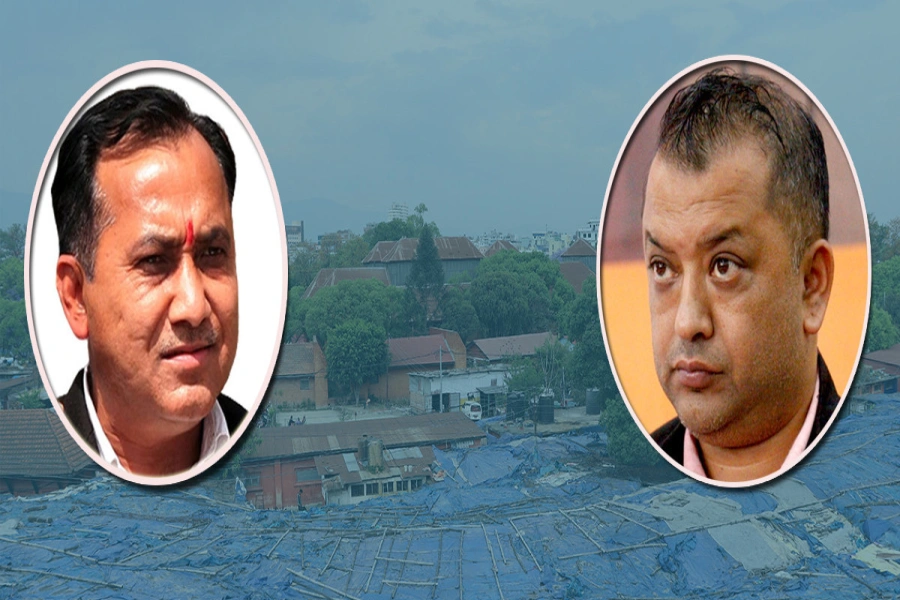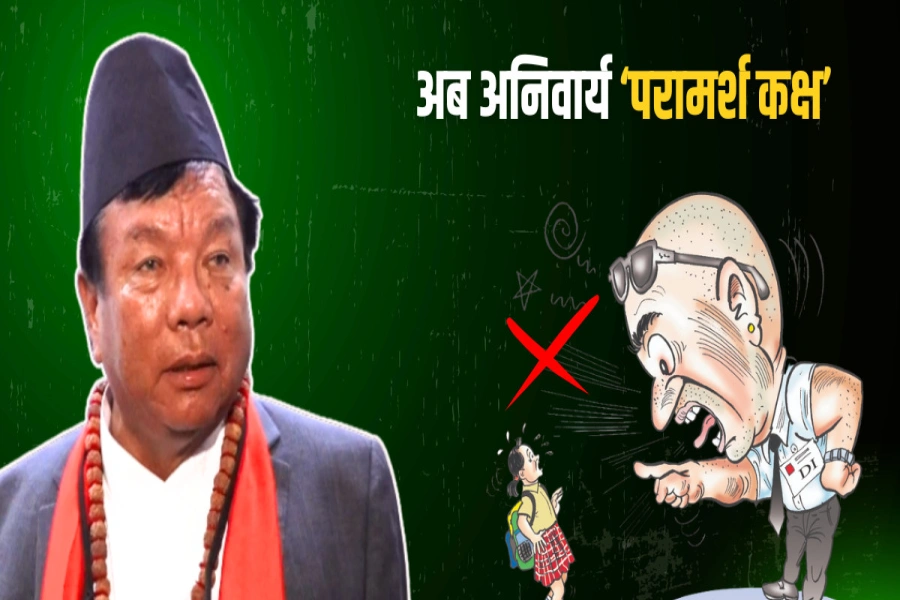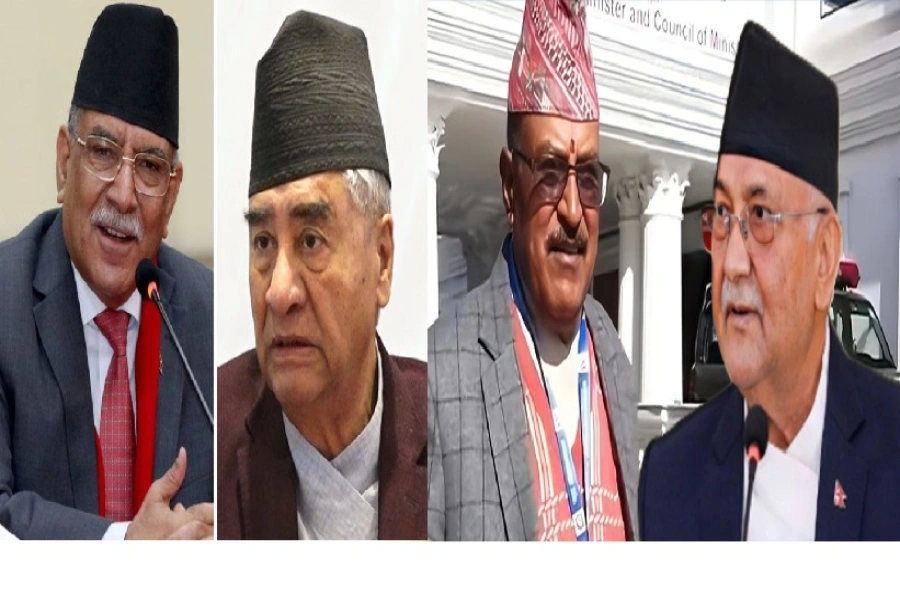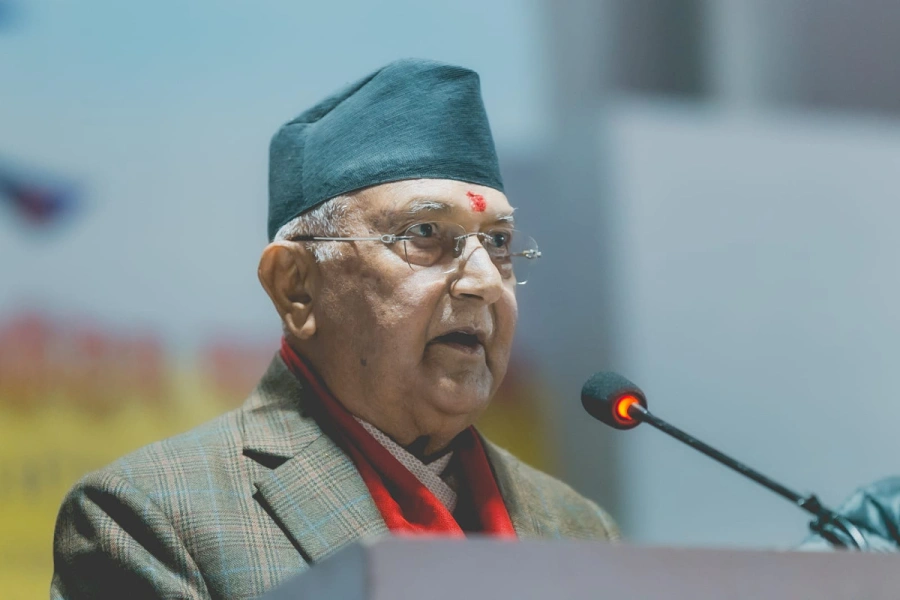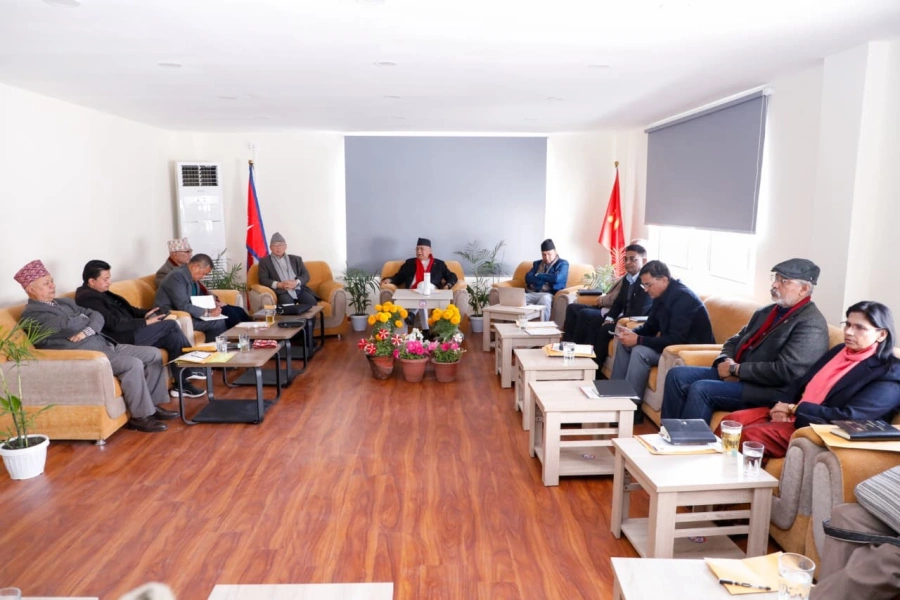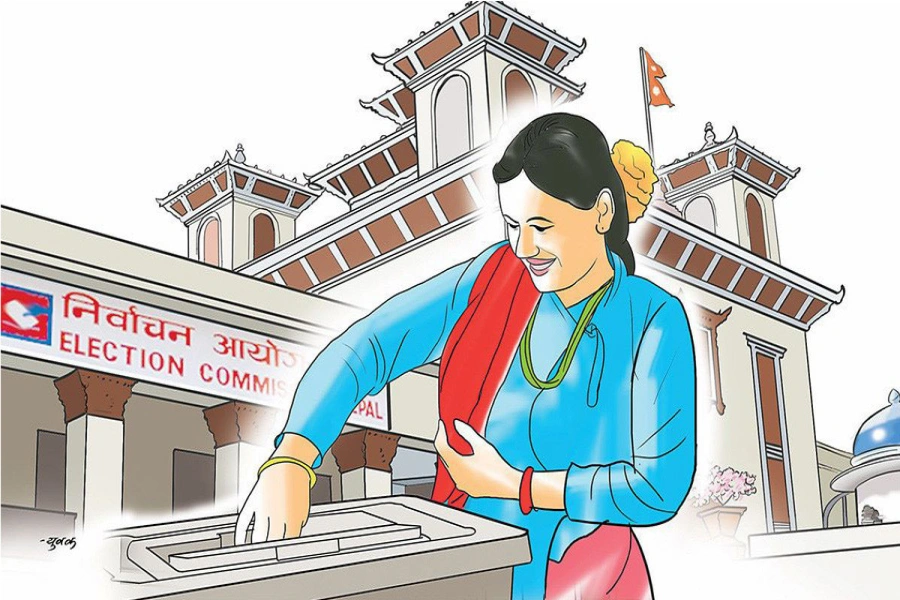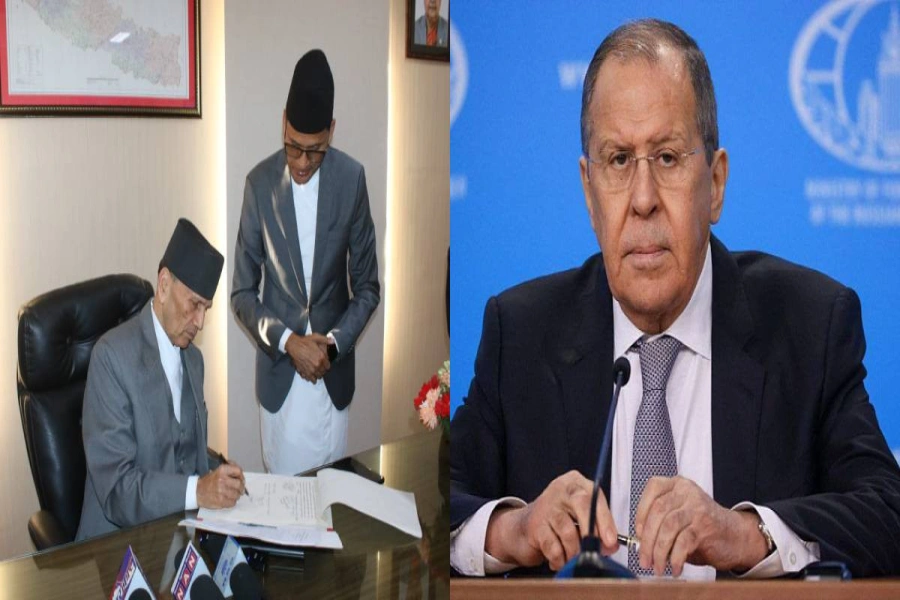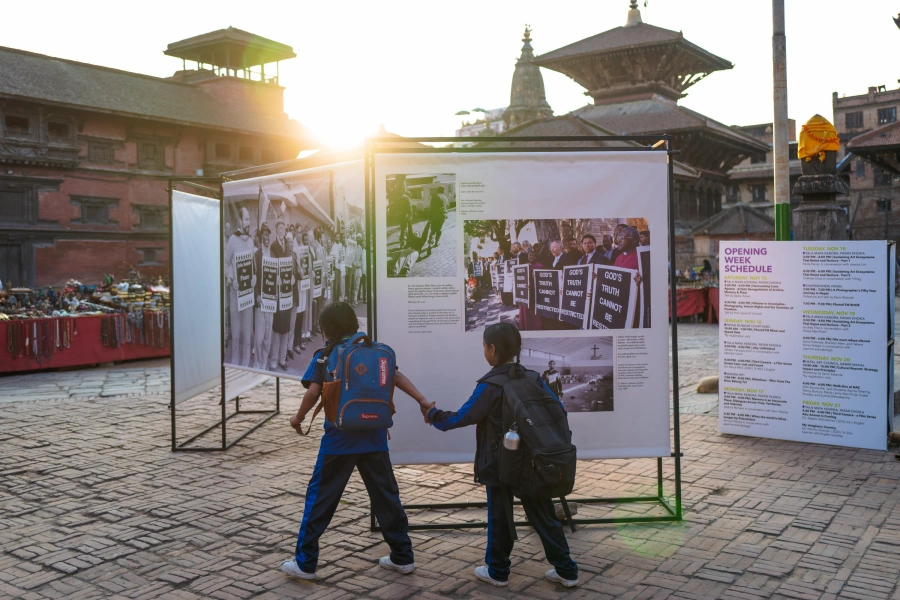The crumbled ruins of Dharahara have quickly become a symbol of the enormity of the earthquake that hit our country. Satellite images of the spot where the 183 years old, 60 meters high white monument once stood have been splashed around the world. It is being used to epitomize the loss that Nepal has suffered. Days have passed since the natural disaster struck but people still can’t believe that Dharahara is no longer a part of Kathmandu. Crowds still gather around Sundhara to catch a glimpse of the rumble as well as the ongoing activities that are being carried out to clear the area.
The Dharahara Debate

Since it’s a matter of such great interest, The Week has the latest details.
Teams involved
“A total of 70 police officers have been deployed to help search, rescue and secure the destroyed Dharahara area,” say DSP Dev Bista. Starting from Thursday onwards, they have also been joined by the Metropolitan City Office. The latter is taking on the responsibility to collect and dispose the rubble. Ganapati Sapkota who is overseeing the activities reveals that Ward no 35 in Koteshwor has been chosen as the dumping site. Around 25-30 members from their sector are said to be working in shifts. The department of archeology too is involved in the process. Both the police and the Metropolitan City Office are being incredibly careful not to cause further damages to salvaged pieces that might be of some historical value. Further, Nepal’s special disaster team is also lending their expertise on the matter.
Equipment shortage
Considering the scale of damages around different sites in Kathmandu, Lalitpur and Bhaktapur, officials have been forced to make do with whatever equipment that’s at their disposal. SP Joshi states, “Even though we are using all private as well as government owned dozers and excavators, it’s not enough. There are too many places where they are required. So a site is using one or two of such machinery at a time.” Yesterday the Dharahara had one excavator trying to load the debris into a truck. Similarly, a group of police officers were manually trying to break down the bigger chunk of boulders. If there were sufficient equipments, SP Joshi claims the debris from Dharahara could be cleared in a day. But at the present speed, the task might take anywhere between 10 to 15 days.
Restriction issues
To many people’s horror, the Dharahara site had not been restricted to the public. Up to this Tuesday the general public could be seen walking all over the debris and even standing on top of the boulders to take photos for themselves. According to DSP Bista, following the earthquake, the officers were too busy rescuing people to rope the area and forbid people from coming in. Apparently they also assumed that the fear of aftershock would keep the general public far away from destroyed sites. But that was certainly not the case. There were huge masses of people who came by to witness the destruction, forgetting the fact that there might still be victims trapped underneath. Fortunately, the police have rectified the situation and as of Wednesday they have marked parameters around the monument as a no entry zone.
The stench
By late Tuesday morning, there was a very strong smell in the air around the Dharahara compound. It was the unmistakable stench of rotting flesh. This caused a slight panic among the general public as it gave rise to suspicions that there were still many people trapped underneath the ruins. DSP Bista however is keen to squash the rumors. “We have to remember that the Dharahara fell on several butcher shops. It was the animal meat that was giving the place such a bad stink. We have removed a couple of refrigerators packed with rotten meat and that has surely helped the situation. I’m pretty sure there are several pieces of meat still strewn across the rubble. People ought to know that they were the real reasons behind the stench,” explains DSP Bista.
Slim chances
While the officers working on the field agree that they may stumble across a few more bodies buried deep in the rubble, they also confess that there isn’t much hope that some might still be alive. The operation has officially morphed from ‘search and rescue’ to a ‘search and recovery’ mode. It’s estimated that 50 dead bodies have been pulled out from under the Dharahara. The last casualty was unearthed on the second day of disaster. Since then there have not been any more discoveries. Though there are no official records yet, DSP Bista assumes that around 60-70 people who were within the range as Dharahara toppled have survived.
The wait
The bustling market scene around Dharahara has obviously seized to exist. The shutters have been pulled down on all the shops around the area. Further they all seem to have accepted that it will take a long time for life to go back to normal. Bobby Basnet, who runs a clothes store in Sundhara says, “Actually I doubt many will have complaints about their businesses suffering at the moment. Considering we all saw so many lives end right before our eyes and in such a tragic way, we are just happy to be alive.” The only building carrying out its work at the moment is the one that houses three banks. Shiva Ram Kunwar can be seen standing guard at its entrance. Since cases of robbery have increased after the earthquake, he thought it was important to come back to work. He reminisces about the last time he saw Dharahara. “It was last Friday, of course. I stood right here at the door as my duty was coming to an end. I remember looking at it and thinking that it had been ages since I last climbed it. I thought it would be nice to make plans and go up there again soon. Now that plan will never come true.”







